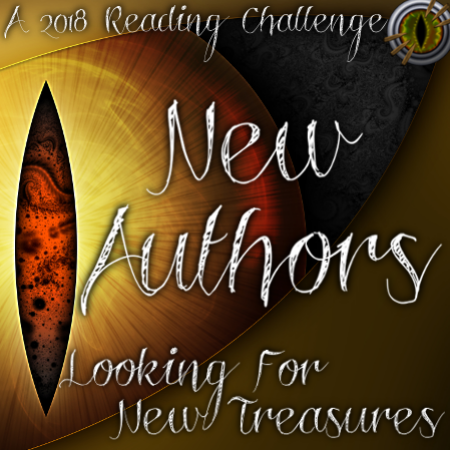Source: Purchased
eBook, 108 pgs.
I am an Amazon Affiliate
Hourglass Museum by Kelli Russell Agodon creates its own gallery of art in which human interaction with artists’ work, ranging from Andy Warhol to Frida Kahlo and Georgia O’Keefe, is on display for readers to generate yet another level of interaction and interpretation. These poems are similar to the recursive style of painting in which a painter is seen painting himself inside of painting, etc., or something similar.
Agodon leaves readers with a number of verses to think on, including: “You said, Sometimes I still want to be needed, so I let our kitchen become a flood of time and you” and “To be master of your own fate means sometimes you have to rip up the instruction manual” and “to know the theme parks in our minds are really just a hall of mirrors.”
Even as she explores art that is recognizable, she’s also exploring human behaviors and how in some ways we self-sabotage and in others we seek solace and find little. I found many lines rang true, especially: “Poem: a form of negotiation for what haunts us.”
Hourglass Museum by Kelli Russell Agodon has an apt title in which human interaction with art is explored and the reality remains that our time is finite. She raises questions about societal norms, including the urge to thank fathers for taking their daughters by friends and teachers as if those fathers are not related to their children and not equally responsible for their care. Such innate reactions to simple acts of parenting bring this collection to life, grounding it in the personal.
RATING: Cinquain
About the Poet:
Kelli Russell Agodon is the author of Hourglass Museum (White Pine Press, 2014




 About the Author:
About the Author:


